 The pride of the collection for every lover of violets are chimeras. Simple or terry, with a conventional or variegated outlet, they are equally effective. Chimeras invariably attract the eye, make you admire yourself. Flowers are quite rare and not always on sale, but we will tell you how to propagate violet chimeras on our own at home.
The pride of the collection for every lover of violets are chimeras. Simple or terry, with a conventional or variegated outlet, they are equally effective. Chimeras invariably attract the eye, make you admire yourself. Flowers are quite rare and not always on sale, but we will tell you how to propagate violet chimeras on our own at home.
Let's start with the intricacies of breeding chimeras
These flowers do not transmit their varietal traits through leaf propagation. There are two options for obtaining offspring. This is getting stepchildren from the main trunk, and children when rooting peduncles. The first option is preferable in view of the absolute result. An adult plant is suitable for it, which has flourished more than once, has grown greatly and needs to be rooted. In this case, we will kill two birds with one stone, and we will rejuvenate the plant and obtain posterity.
Jewelry work
So, we need an adult chimera and a sharp knife (without cloves). We leave 2 rows of leaves on the plant from below, and from the third row from the bottom (this will be approximately the middle of the plant's height) we cut off the leaves clearly in a circle to indicate the cut line. We take a knife and carefully cut off the “head” with one movement in a straight line. The slice should be blotted with a napkin and put in water, after tearing off the lower leaves. By the way, violets give roots in dark dishes more readily. As an alternative rooting option, you can plant a “head” immediately in the ground. To do this, it is better to use special purchased soil, contributing to the rapid growth of the root system. It is good to add crushed sphagnum and perlite into it. Convenient 50 milligram transparent glasses, they need to be placed in an airtight greenhouse.
The most interesting thing when propagating violets of chimeras
The rest of the plant is returned to the place.
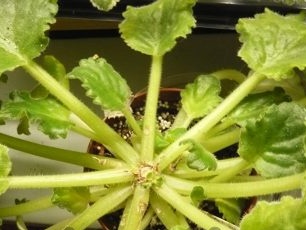
If there is a backlight, then select the brightest place for it on the shelf. Do not forget to water in the same way as before cutting off the “head”. You can feed with a special fertilizer for violets with a predominance of nitrogen. In 1-2 weeks, the stepsons of the stepsons will appear from the axils of the leaves, and after 2-3 months they will be ready for rooting
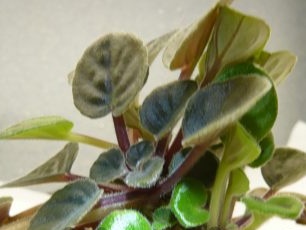
Stepchildren develop unevenly, at different speeds build green mass. When the plants grow 4-5 leaves, take a toothpick and carefully separate them from the mother stem and root one of the methods described above. We do not touch the smallest stepchildren, let them grow up. We continue to care for the plant as usual. Soon, new plants will appear on the site of the cut stepsons 3-4 times.
Most likely, those stepsons whose petioles are lighter than the rest will repeat exactly the color of the mother plant.
Rooting flower stalks
For especially patient lovers of violets, there is another way to propagate chimeras through peduncles. We select a strong peduncle that has just begun to blossom, and separate it from the stem. With a sharp knife at an angle of 45 degrees we make a cut, shortening its length by half.

We cut the flowers and stick the peduncle into a pre-prepared peat tablet and put it in a greenhouse.
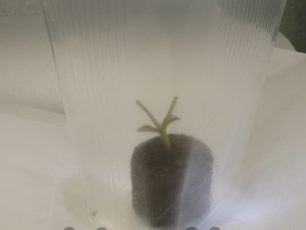
The stepson formation process lasts from one to six months. Future chimeras will be only those stepchildren that grow in internodes. All sprouts coming from the ground must be removed. They will not repeat varietal signs.
Read the same way how to grow a daisy from seeds.

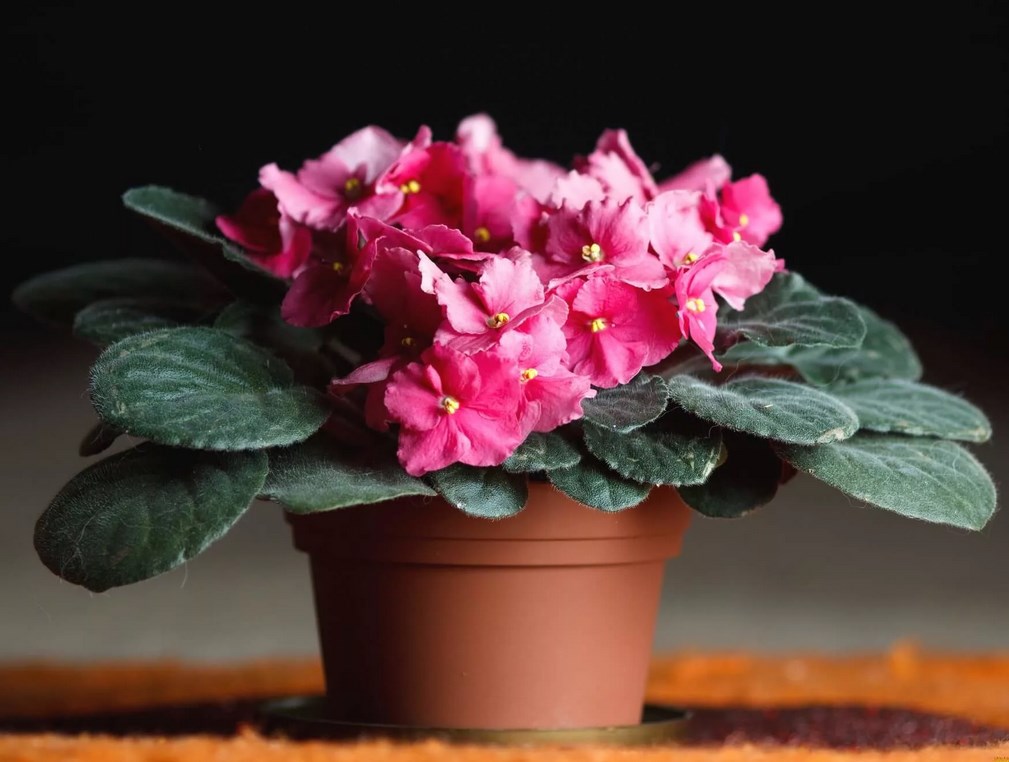
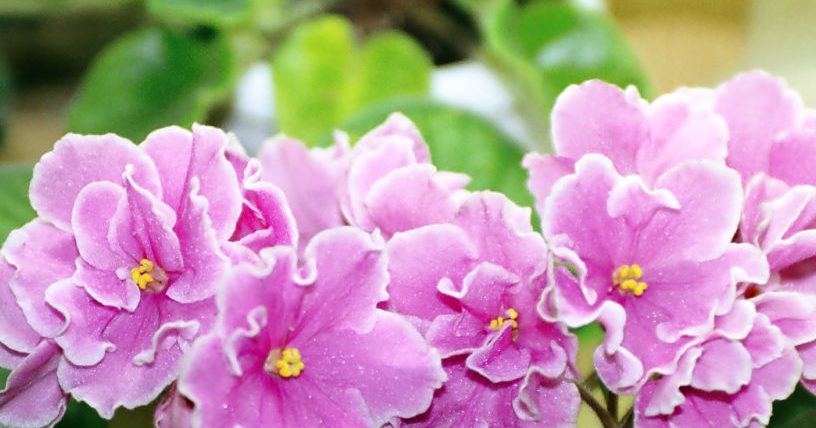
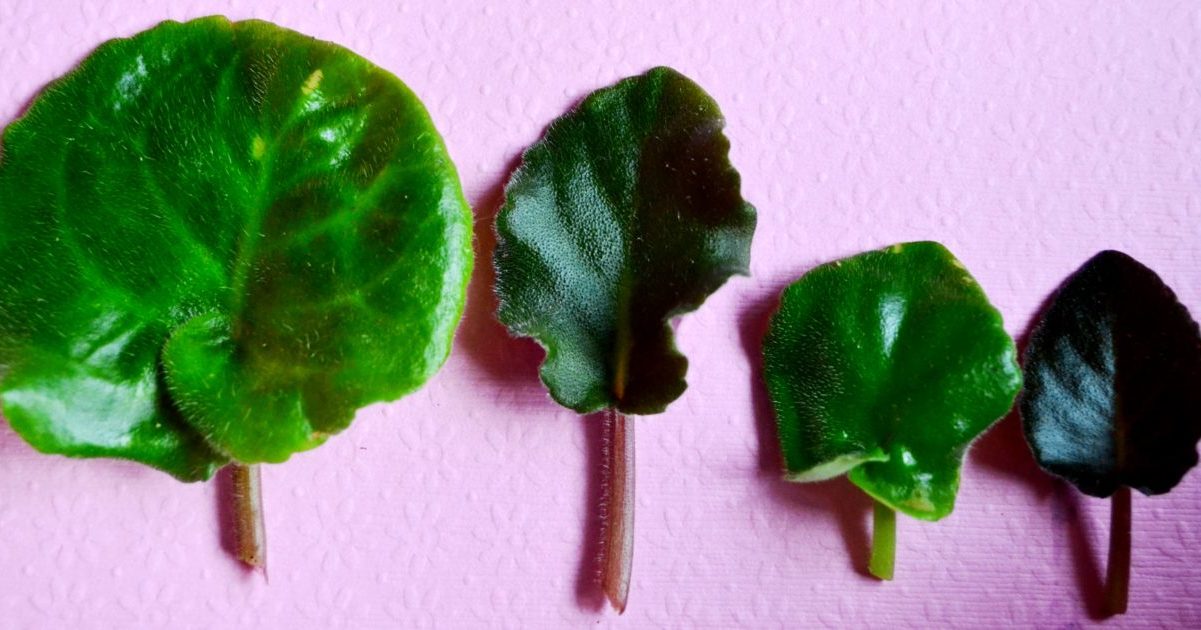
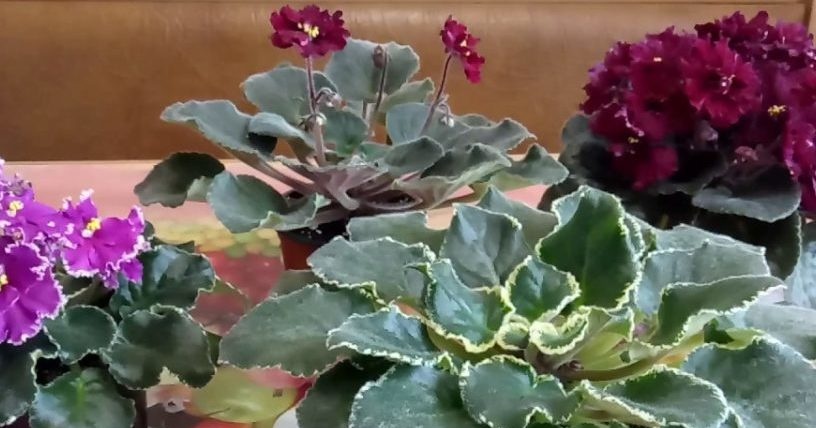 Why violets do not bloom - what to do to bloom and how to fertilize?
Why violets do not bloom - what to do to bloom and how to fertilize?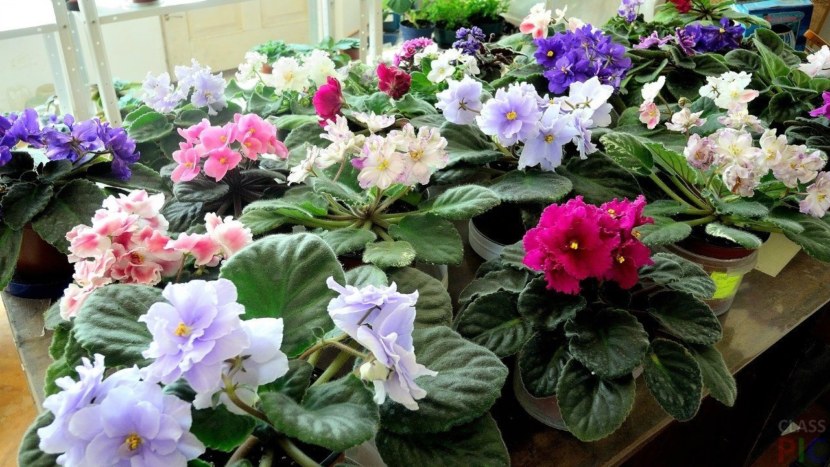 Indoor violet: proper care, pruning, reproduction at home
Indoor violet: proper care, pruning, reproduction at home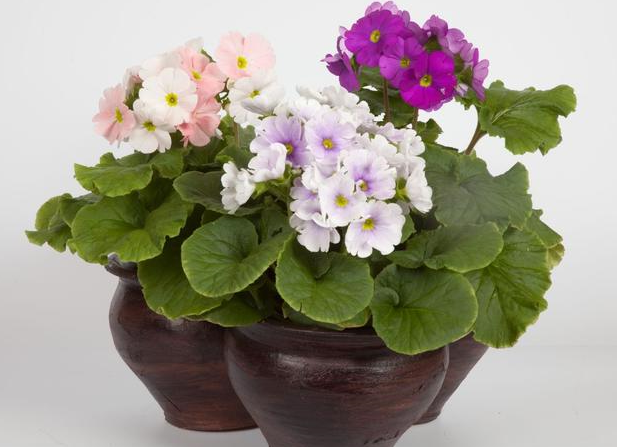 A few tricks and your violets will bloom 10 months a year!
A few tricks and your violets will bloom 10 months a year! “Frozen in time” - how much violets can bloom?
“Frozen in time” - how much violets can bloom?